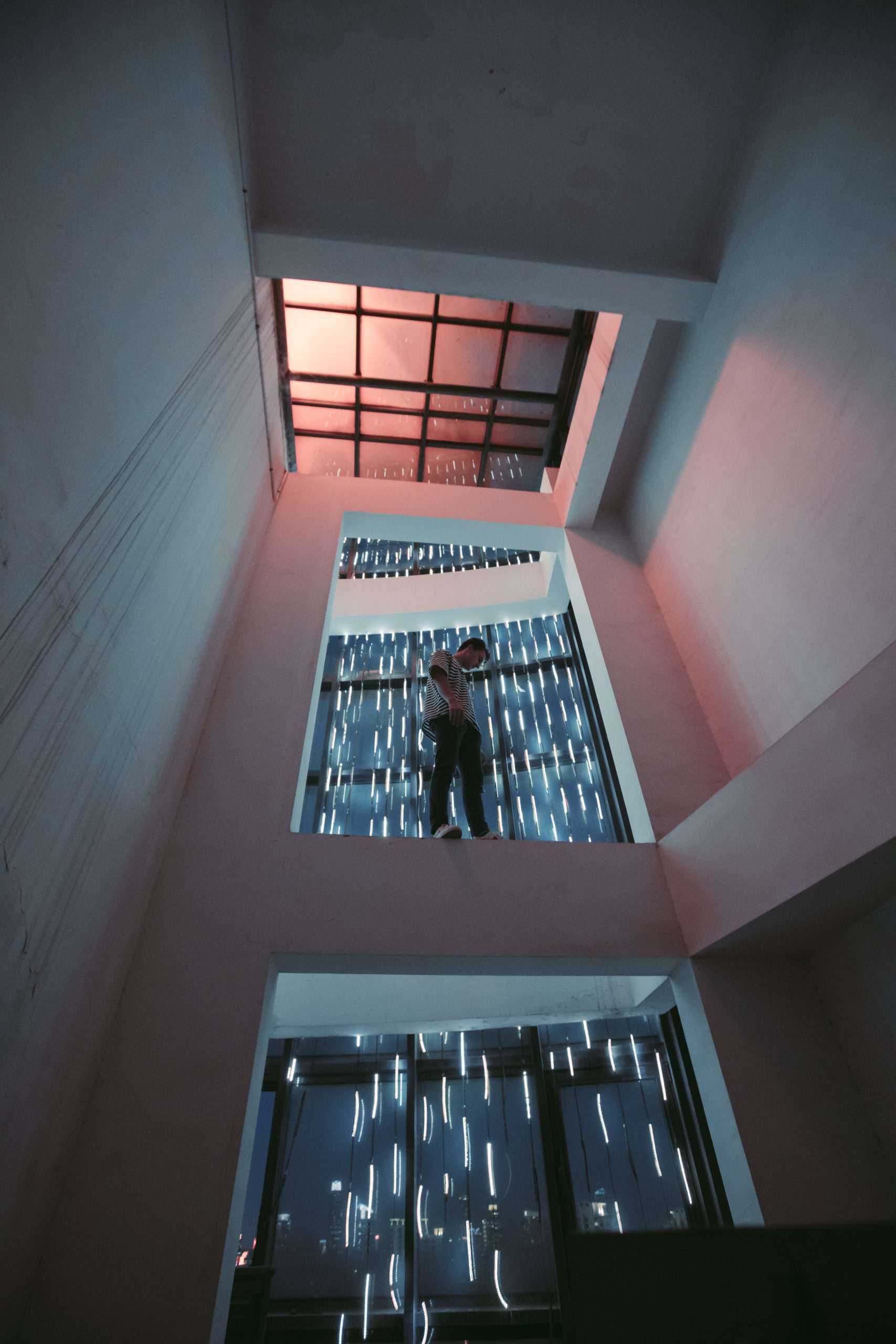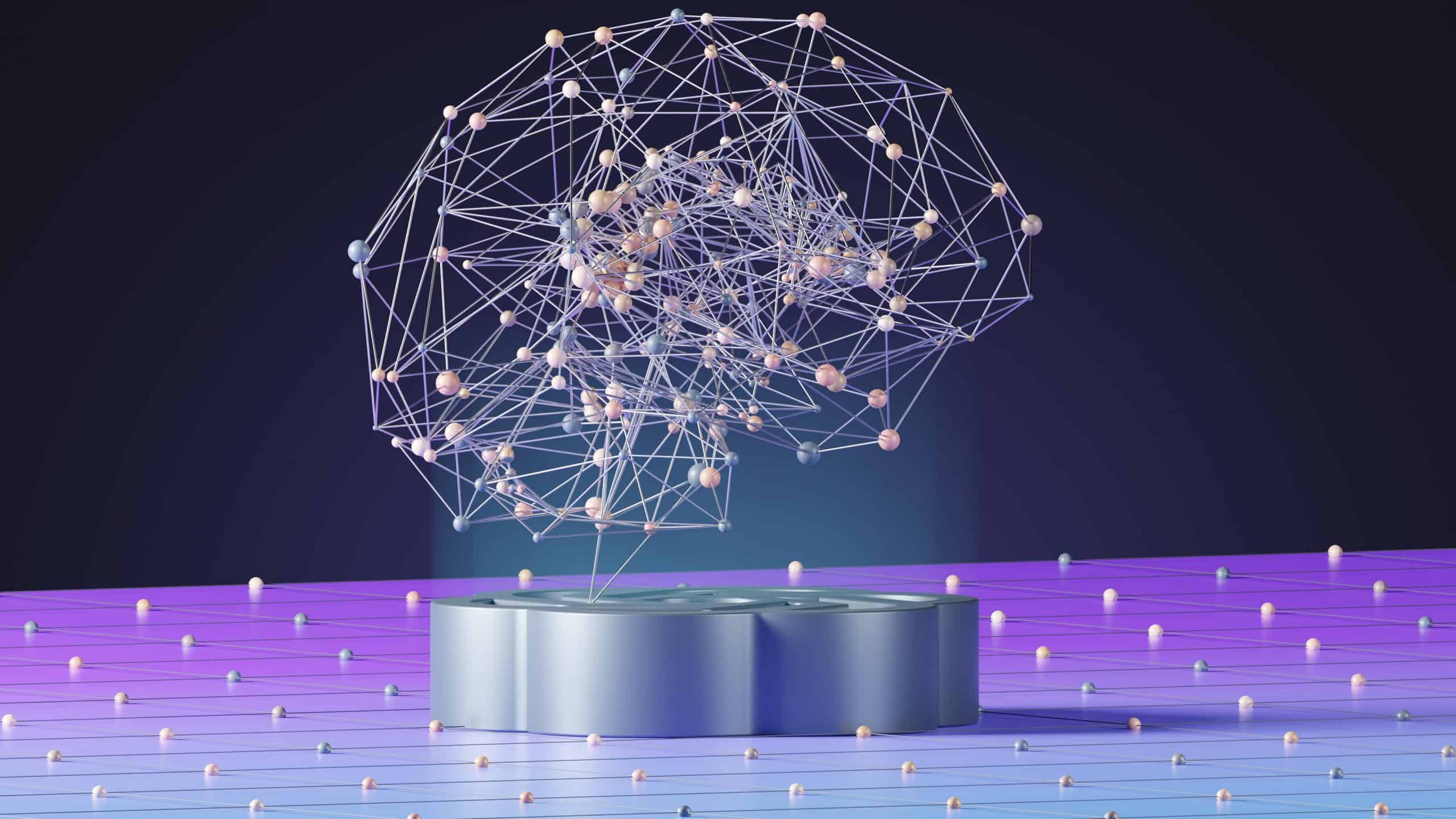Picking the right Content Management System (CMS) plays a key role in how you handle your online content. A good CMS does more than just let you post stuff - it helps you manage your digital assets, gives you better control over your online identity, and makes things easier for your users to navigate and enjoy your site. Two main types of CMS compete to catch the eye of website owners: traditional CMS and headless CMS. Not sure which one fits your needs? Keep reading to compare Headless CMS and Traditional CMS side by side, so you can make a smart choice.
A standard CMS is a system where you can create your content and decide how it shows up on the website. It covers everything, including the backend (where you input and manage content) and the frontend (where visitors see that content). It's similar to a restaurant where you pick your meal, and the chef chooses how to present it.
"A traditional CMS is like a restaurant where you choose your meal, and the presentation of that meal is decided by the chef."
On the flip side, a headless CMS resembles buying groceries to make your meal at home. It gives you the raw content, and you have complete freedom about how you show it. It splits the backend from the frontend leaving just content creation and delivery to the CMS, while you can use any presentation layer you want.
- Traditional CMS: Gives full control over content creation to presentation
- Headless CMS: Supplies the raw content and leaves presentation to you
These differences have a fundamental impact on how you interact with your CMS. Your choice between a traditional CMS and a headless CMS hinges on your needs available resources, and future plans. As you read this article, you'll learn more about the benefits, drawbacks, and ideal uses for each type.

Headless CMS vs Traditional CMS
Let's begin by breaking down the differences starting with the familiar option - the traditional CMS. This system manages content creation from one central source. It's user-friendly and direct, but it's also limited by its built-in features. For businesses with basic needs or a small online presence, this guided simple management approach might make the traditional CMS the right fit.
But what if you need more flexibility? That's where a headless CMS steps in. Unlike a traditional CMS, a headless CMS gives you a ton of room to customize. How? It splits the content from the code, which lets you share your content however you want, on any platform. Think about the possibilities! You can get your brand's message out through a mobile app, a website, a digital billboard, or even IoT devices. Plus, this kind of flexibility helps you launch your digital experiences faster.
Keep in mind that a headless CMS requires more technical know-how. You'll need to build your own presentation layer since it doesn't come with one. This can make it harder to learn and might slow down updates if you're not tech-savvy enough.
Even so, businesses that need a customizable option can't deny the perks of a headless CMS. It lets you share content across many platforms, offers better text editing, makes managing assets easier, helps you add and spread content faster, and gives you more freedom to move things around. That's quite a list of benefits.
Your choice between the two depends on what your organization needs and has. If you want a lot of flexibility and the ability to grow, go for a headless CMS. But if you like the safety of well-known set features, a traditional CMS might work better for you. Just remember, the best CMS for you is the one that fits well with your goals and how you work.

